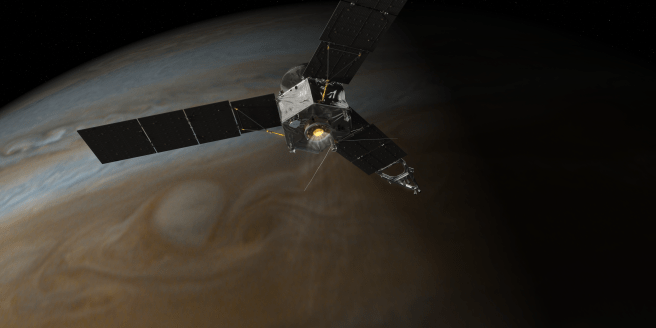 The Pluto Files: The Rise and Fall of America’s Favorite Planet by Neil deGrasse Tyson
The Pluto Files: The Rise and Fall of America’s Favorite Planet by Neil deGrasse Tyson
My rating: 4 of 5 stars
I am a 100% Pluto “demotion” supporter. The reclassification of Pluto was based on a new understanding of how the solar system real estate is divided up; it has little to do with the size of Pluto or the fact that it hasn’t “dominated the mass in its orbit.”
I get why children and former children want to cling to Pluto is a planet. It was the smallest planet and kids could relate to it. Likewise, a lot of people don’t have a clear understanding of how science is always improving its facts and refining its terms to better fit reality; so it’s threatening to them that science textbooks have to be rewritten. But that’s nothing new; science textbooks are always being rewritten. Most of the time nobody has anything at stake and they don’t notice.
It’s a big, complicated solar system, and the so-called “planets” are just one chapter in its story. To me, that’s cool.
 After a five-year journey through the solar system, NASA’s Juno spacecraft is scheduled for orbital insertion on Monday, July 4th. Due to the time delay between Earth and Jupiter, the insertion will be in the hands of the computers aboard the spacecraft, and mission specialists will have to wait
After a five-year journey through the solar system, NASA’s Juno spacecraft is scheduled for orbital insertion on Monday, July 4th. Due to the time delay between Earth and Jupiter, the insertion will be in the hands of the computers aboard the spacecraft, and mission specialists will have to wait 


